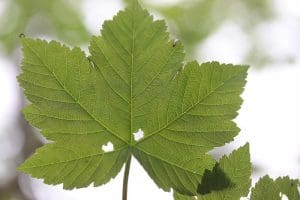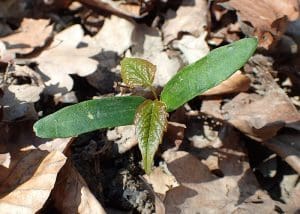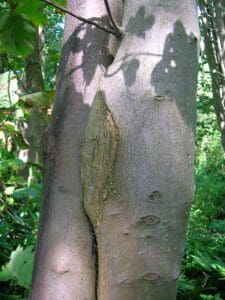Sycamore / Spring / Edible
Sycamore is a large deciduous, broad-leaved tree, it is native to Central Europe and Western Asia and is thought to have been introduced to the UK in the 1500’s.
Common Names
Sycamore, Sycamore maple
Botanical Name
Acer pseudoplatanus
Scientific Classification
Kingdom – Plantae
Order – Sapindales
Family – Sapindaceae
Physical Characteristics for Sycamore
Leaves
The leaves are palmate, have serrated edges, are between 5-15 cm long and have 5 lobes. The younger leaves tend to have red stems. The tops of the leaves are deep green and feel leathery, the undersides are lighter in colour and have thick hairy veins.
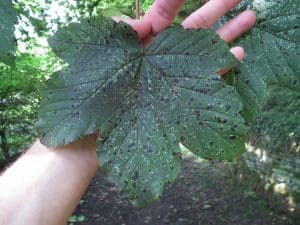
Flowers
The flowers grow in spikes called racemes. They are small and yellow/green in colour.
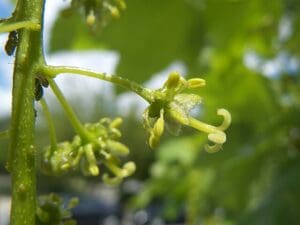
Fruit
The flowers are pollinated by the wind and insects and develop into ‘winged’ fruits called samaras. The ‘wings’ grow in pairs at right angles to each other.
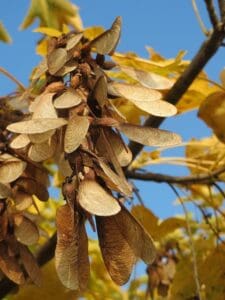
Bark
When young the bark is smooth and dark grey with a pinkish tinge but with age it becomes darker and develops cracks or plates.
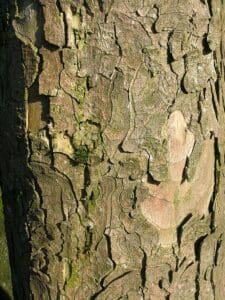
Habitat
It’s quite a common tree in the UK. It was widely planted in the 1700’s and the seeds are very fertile so they have colonised many woodlands across the country to the detriment of our native species.
Known Hazards
None known to humans but horses that consume the seeds can develop a fatal muscle disorder called Equine atypical myopathy.
Could be Confused with…
Sycamore could be confused with Field maple (Acer campestre) and Norway maple (Acer platanoides). The V-shaped seeds of sycamore are the key feature to look for. But misidentification would not be a huge issue, all acer’s can be tapped for sap.
Edible Uses of Sycamore
It’s really only the sap that would be of interest to the hungry forager. Technically sap can be extracted all year round but it is more plentiful in earlier spring.
Like birch sap it can be drunk as a water substitute or boiled down and reduced to make syrup.
Notes on Herbal Uses
The bark has mild astringent properties and has been used to make a wash for skin problems and an eyewash for sore eyes. The inner bark of the tree, containing the sweet sap, can be used as a dressing for wounds.
Extra notes from the Foragers
The Sycamore name comes from the Greek words for fig ‘siga’ and mulberry ‘mora’.
Not a great tree for mushrooms as there are very few edible mushrooms that form mycorrhizal relationships with members of the Acer family. Although Sycamore is quite a good tree to look for Oyster mushrooms (Pleurotus ostreatus) on.



